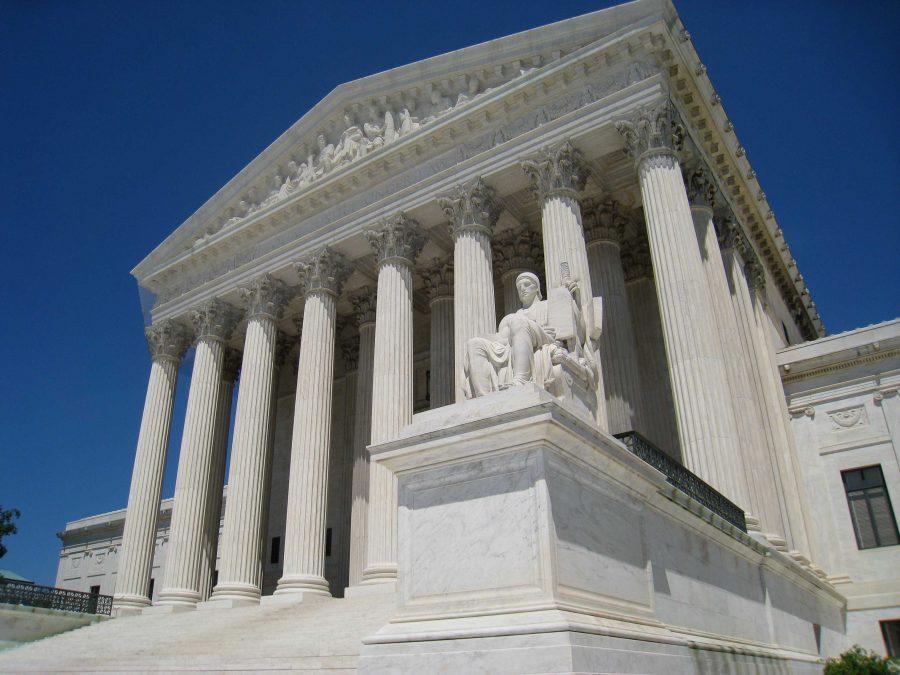The Supreme Court is on the verge of potentially beginning the process of ruling on states’ assault-weapon bans, which would be the first time in six years the court has ruled on a major gun-control case. Given the events in Orlando and the now normative prevalence of mass shootings and gun violence in this country, a possible decision by the Supreme Court to weigh in on state legislation banning assault weapons would come as no surprise. The justices will decide whether they will hear opposition to the gun-control laws in New York and Connecticut that ban semiautomatic weapons.
It is important to note that while decisions made by the Supreme Court can come about during times in which the general population appears to be in favor of enacting specific public policy, this is not the sole factor dictating the cases heard by the justices or their subsequent rulings. As much influence as the Supreme Court holds over public policy in this country, it is important to remember that Supreme Court’s primary task is the interpretation of the Constitution. While the court may be in the position to dictate the tone of future state-level legislation in a manner that would align with the changes in gun control that at least part of the American population would like to see, public opinion won’t be the deciding factor here.
Any case heard by the Supreme Court is more than likely not going to have a unanimously favorable conclusion that pleases all parts of the constituency affected by the decision. If the court decides to hear the challenge raised to the laws in Connecticut and New York from gun-rights advocacy groups and individuals sharing a similar stance, it will be from the position of deciding the legality of the two states’ laws as it pertains to the Constitution and not necessarily the current political climate in wake of recent events.
Current public opinion will certainly play a role in the Supreme Court’s decision-making because of the pressure that has fallen on any and every part of government with some sort of influence on the issue of gun control following the deadliest mass shooting in American history. However, any decision made by the Supreme Court has far-reaching implications that will serve to set precedence for years to come when it comes to laws for and against further restrictive laws on gun control in relation to the rights outlined by the Second Amendment.
There is a large difference in stakes when it comes to the decision-making process of the Supreme Court and any other judicial body because of the finality and impact of the court’s decision. The case at hand has the ability to at least partially shape and determine legislation for decades to come, and it isn’t a decision that can be made lightly, which explains the justices not hearing an earlier case on the issue that regarded an ordinance in Highland Park, Illinois, that prohibits the same type of semiautomatic weapons in question in New York and Connecticut.
We will not have a definitive decision from the Supreme Court on state gun-control laws any time soon, because even if the court decides to hear the case, it would not be until the next term, which starts in October. In the time between then and now, anything could happen, but it is important not to look to the Supreme Court in the same light as one would the other branches of government. The Supreme Court is an arbitrative entity, not a legislative one. If it decides to hear this case, the decision will be based upon how closely the laws in New York and Connecticut adhere to the legal framework outlined by the Constitution and not necessarily what the public deems to be the right decision.



